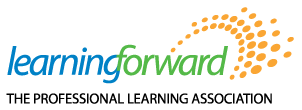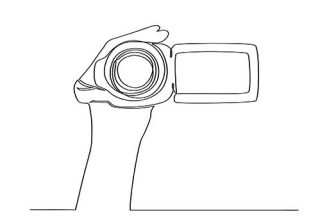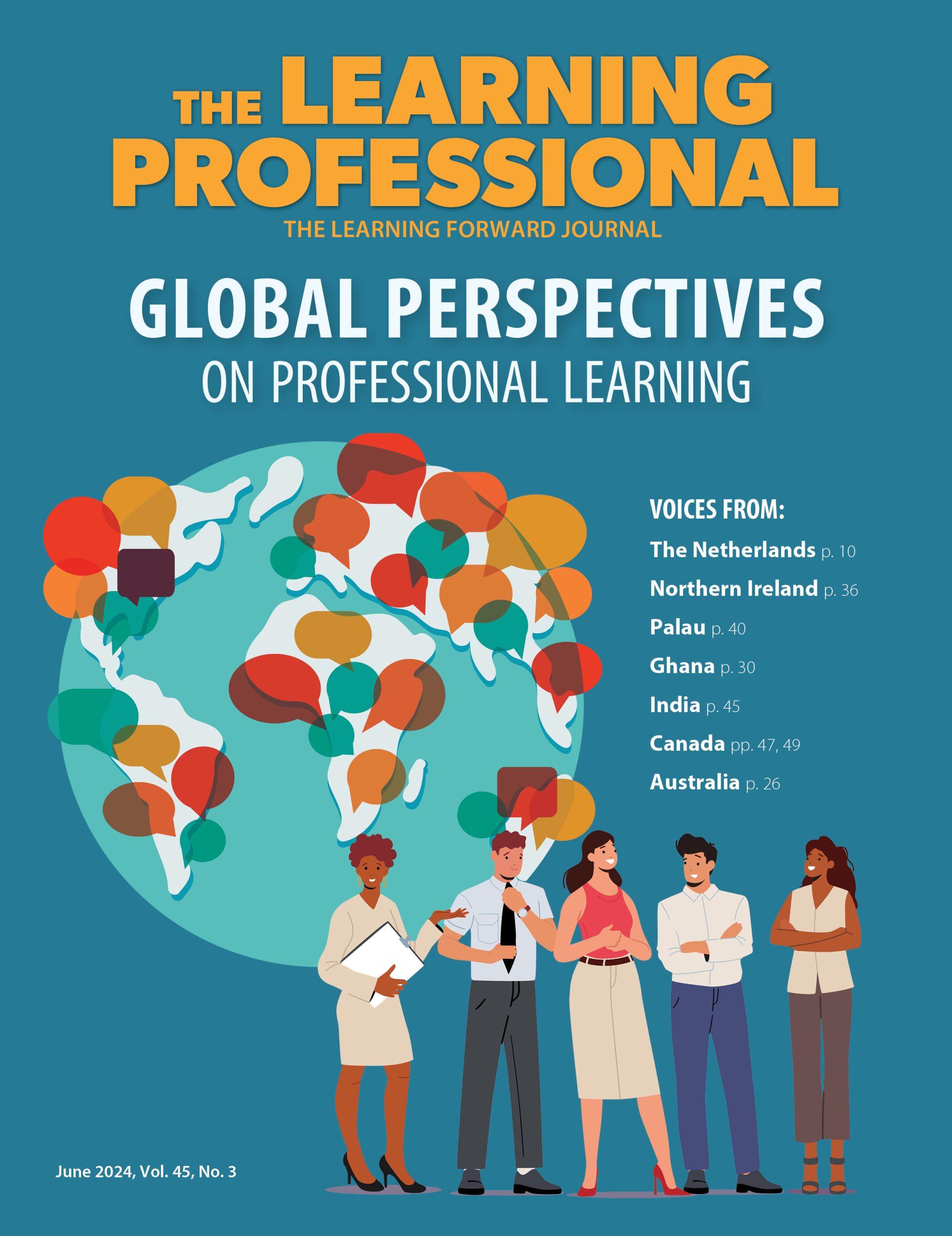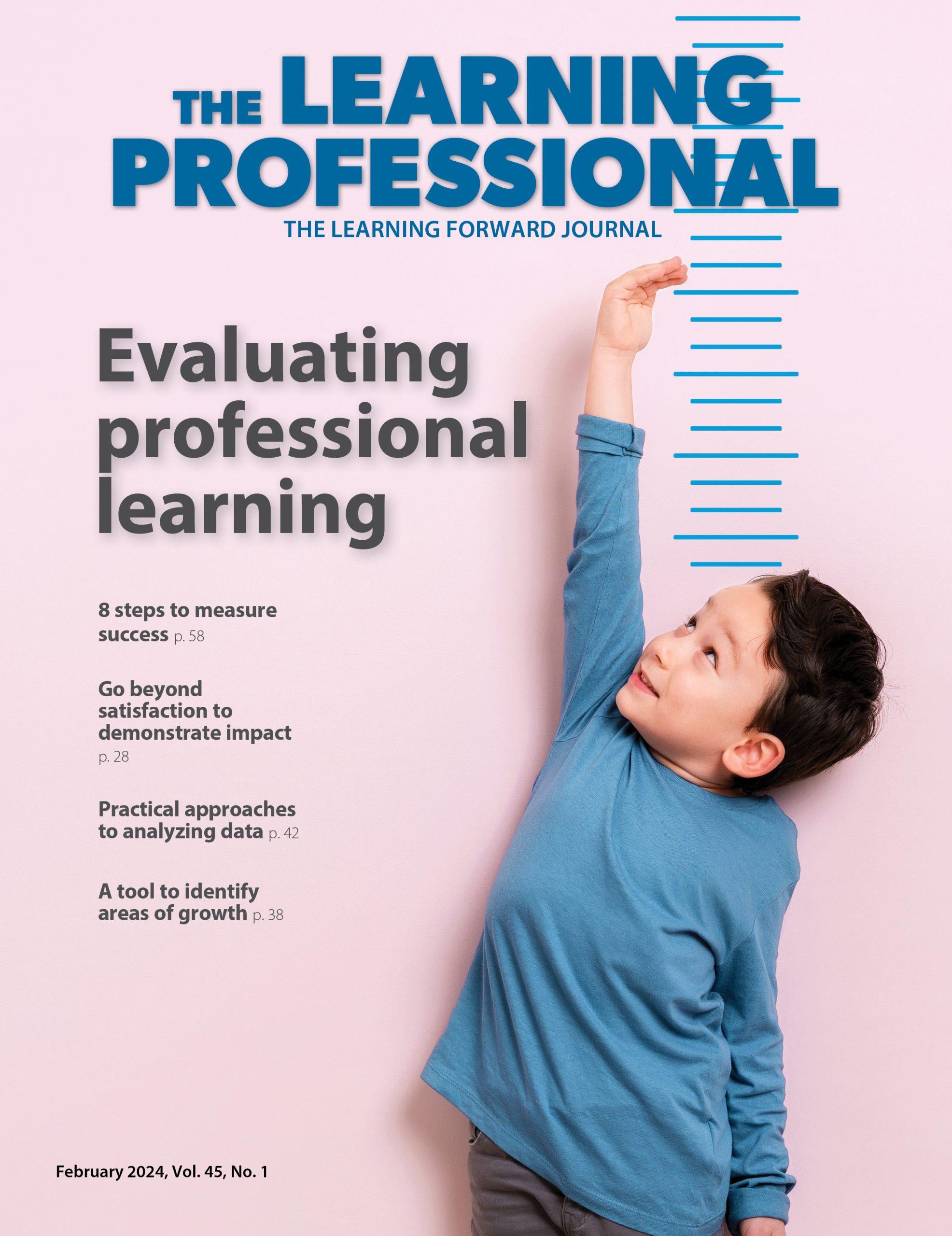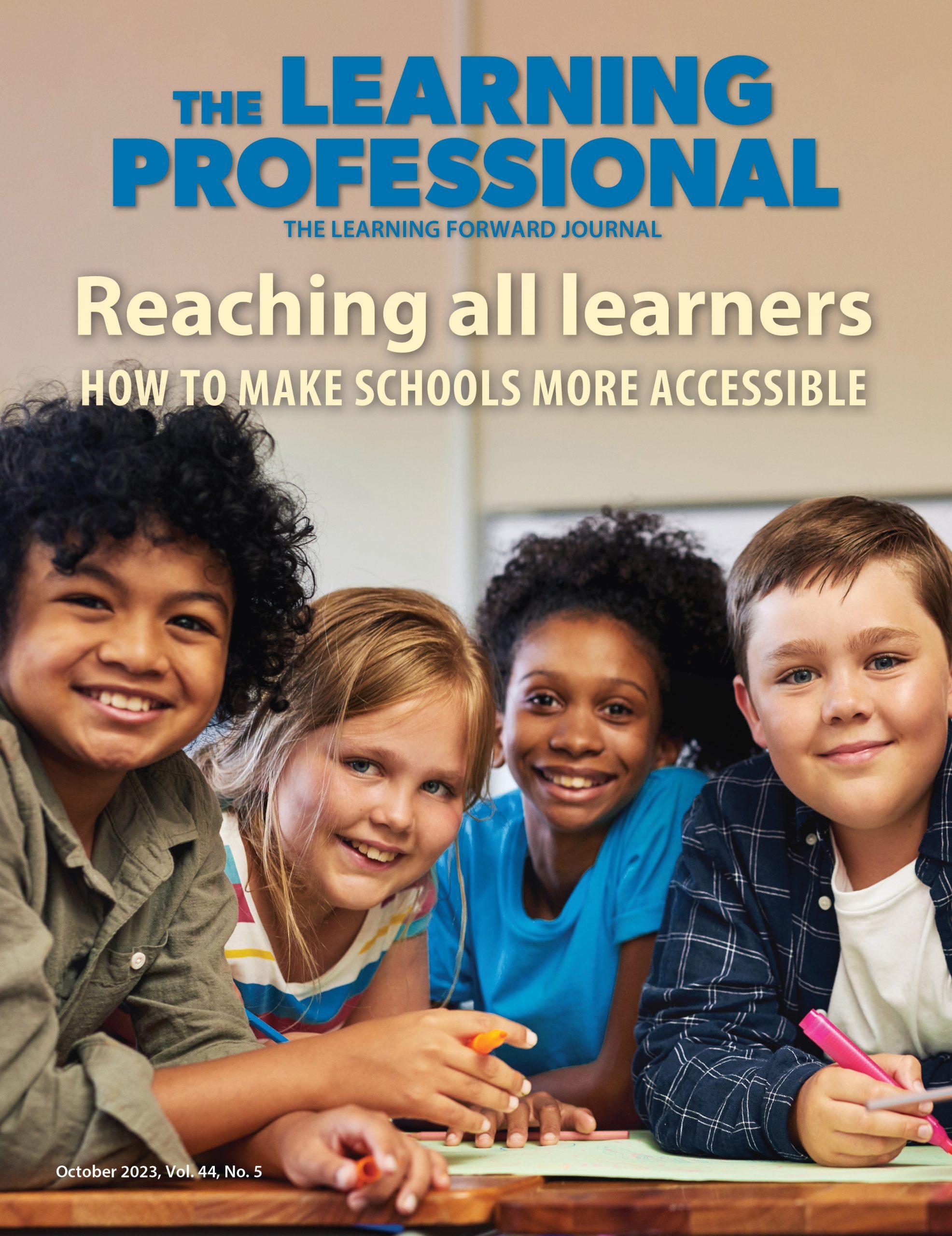IDEAS
ONLINE EXCLUSIVE: With peer visits, teachers see for themselves how to improve practice
By Catherine Trinkle
Categories: Coaching, Mentoring & induction, PersonalizationDecember 2019
Vol. 40, No. 6
Read the remaining content with membership access. Join or log in below to continue.
Sed ut perspiciatis unde omnis iste natus error sit voluptatem accusantium doloremque laudantium, totam rem aperiam, eaque ipsa quae ab illo inventore veritatis et quasi architecto beatae vitae dicta sunt explicabo. Nemo enim ipsam voluptatem quia voluptas sit aspernatur aut odit aut fugit, sed quia consequuntur magni dolores eos qui ratione voluptatem sequi nesciunt. Neque porro quisquam est, qui dolorem ipsum quia dolor sit amet, consectetur, adipisci velit, sed quia non numquam eius modi tempora incidunt ut labore et dolore magnam aliquam quaerat voluptatem.
References
Burgess, S., Rawal, S., & Taylor, E.S. (2019). Teacher peer observation and student test scores: Evidence from a field experiment in English secondary schools. (Working Paper). Available at scholar. harvard.edu/files/erictaylor/files/teacherpeer-obsv-brt-jan-19.pdf.
Mizell, H. (2010). Why professional development matters. Oxford, OH: Learning Forward.
O’Leary, M. (2013). Classroom observation: A guide to the effective observation of teaching and learning. New York, NY: Routledge.
Trinkle, C. (2018). What’s behind the revolving door: A study of push and pull factors influencing teacher retention. (Doctoral dissertation, Ball State University). Available at https://pqdtopen.proquest.com/pubnum/27543903.html
Categories: Coaching, Mentoring & induction, Personalization
Recent Issues
WHERE TECHNOLOGY CAN TAKE US
April 2024
Technology is both a topic and a tool for professional learning. This...
EVALUATING PROFESSIONAL LEARNING
February 2024
How do you know your professional learning is working? This issue digs...
TAKING THE NEXT STEP
December 2023
Professional learning can open up new roles and challenges and help...
REACHING ALL LEARNERS
October 2023
Both special education and general education teachers need support to help...
